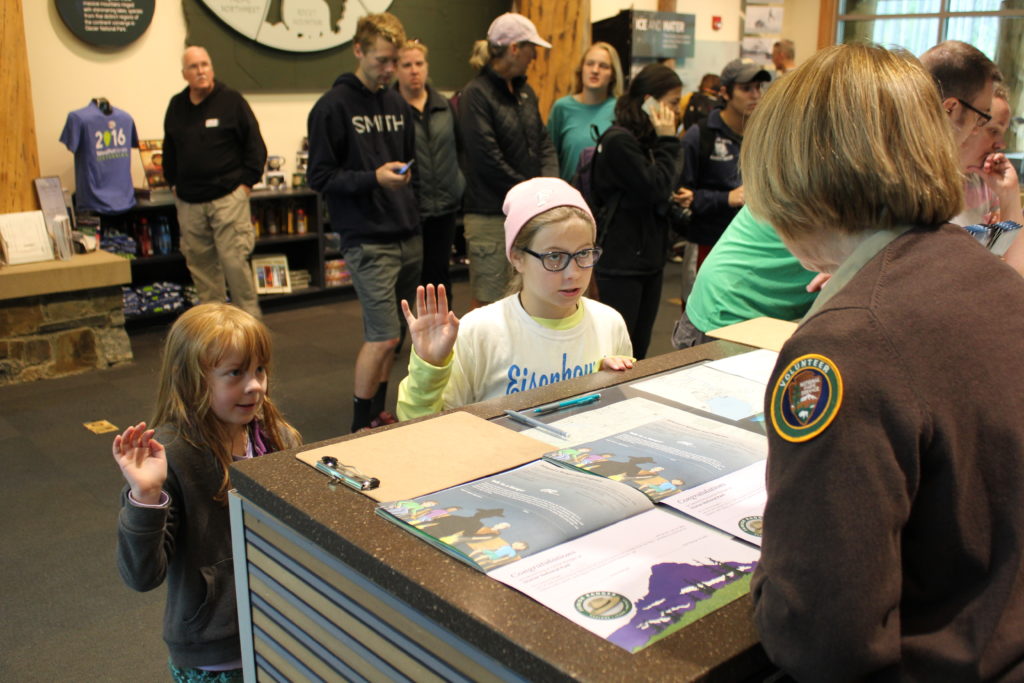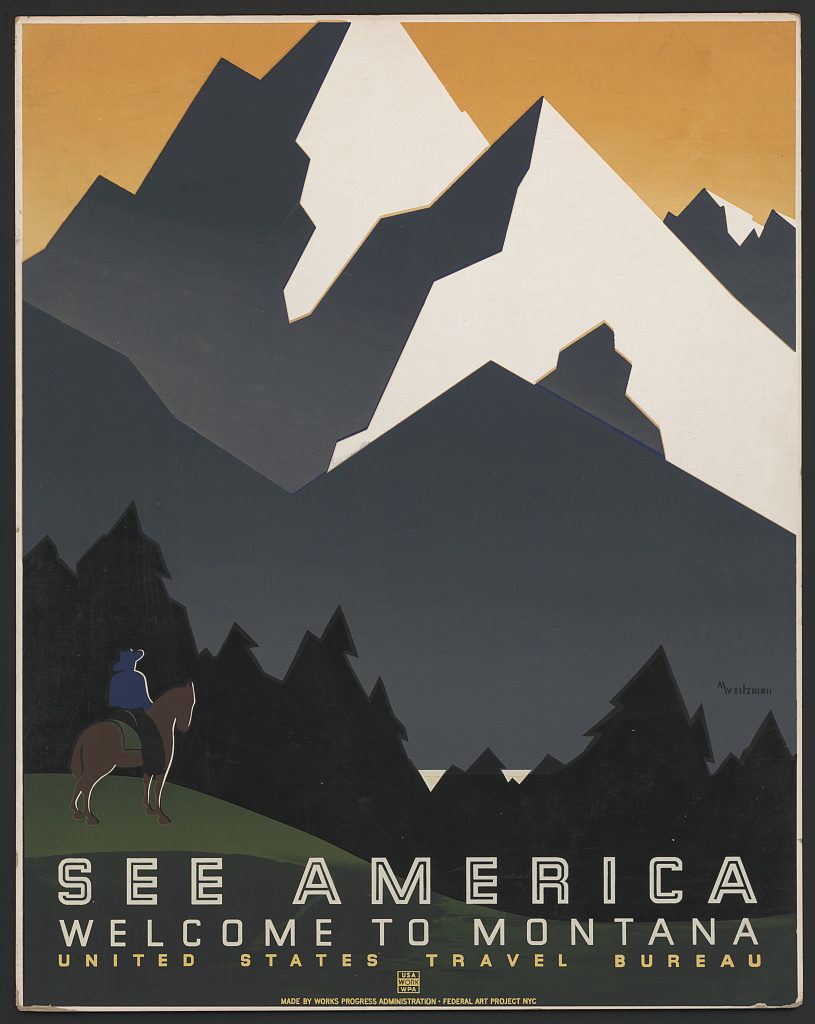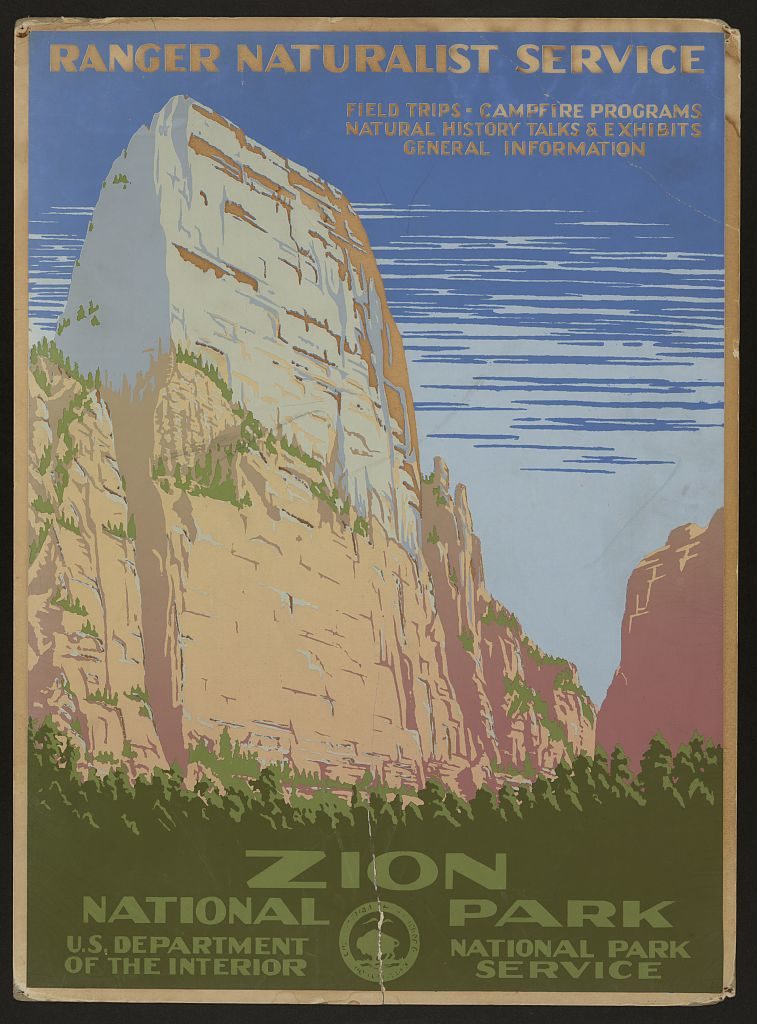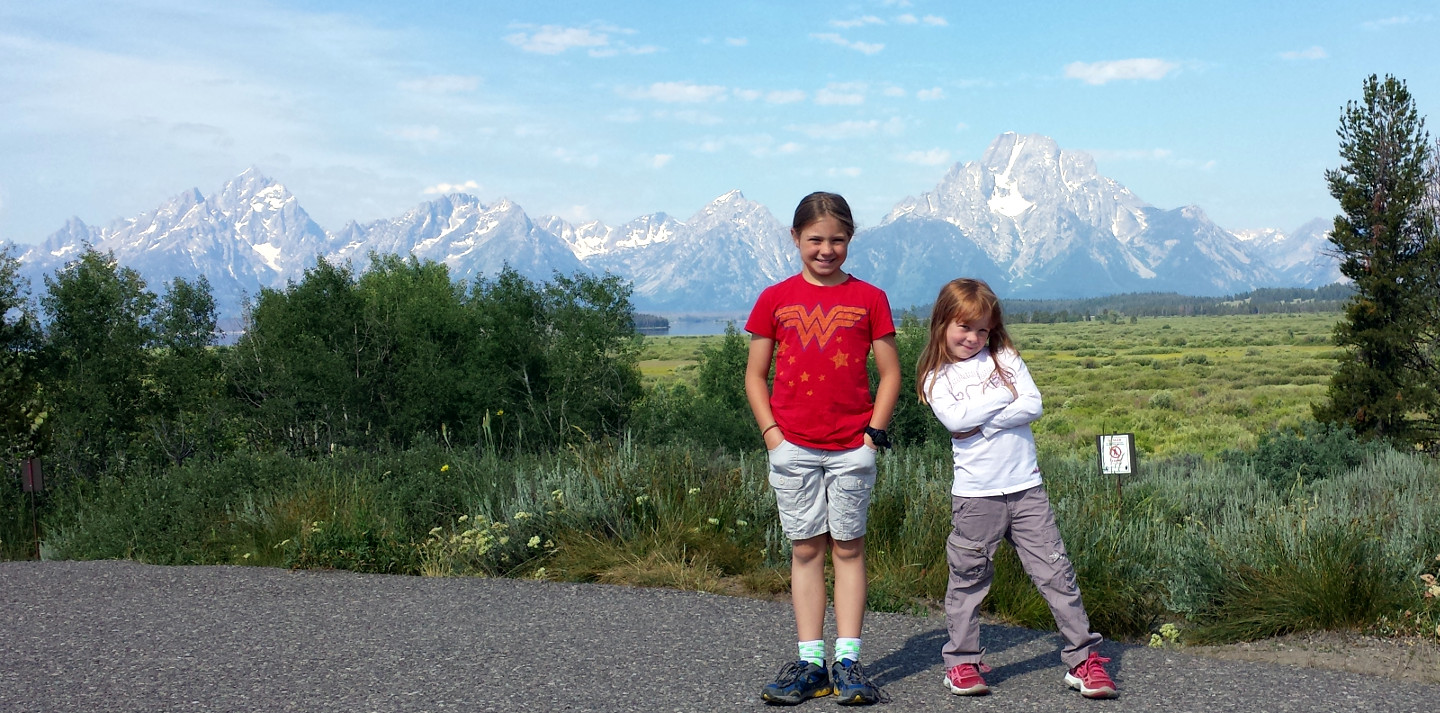We went to the Mid-America RV Show in Bartle Hall at the Kansas City Convention Center. All kinds of RVs, from micro light travel trailers to million dollar buses.
I enjoyed looking at the Class A motorhomes. These are the size of a Greyhound bus. Inside, the enmities are breathtaking. Washer/dryer. Walk in closet. Full-sized shower. Tile. Everything made me think of what the presidential suite in an upscale Las Vegas hotel would look like.
Our ideal RV is a travel trailer:
– not longer than 25′
– has two axles
– bunk beds
– queen sized bed
– slide out for the dinning area
Picking an RV is definitely a matter of trade offs. It all comes down to what you want to be able to do with your RV. Live in it full-time? Spend the winters in Florida? Attend NASCAR races? Visit the in-laws? Right now, our goal is to have an RV to support summer camping trips to national parks.
Camping in national parks generates a number of requirements:
(1) limitations in length. Most national parks have relatively small campsites. If the campground has larger sites, they tend to be few in number…. maybe only one or two. Greyhound buses are off the list. Campsite options open up with a trailer under 25′ in length.
(2) no hook-ups. No electricity. No water connections. The trailer needs to be able to dry camp (or boondock) for a week.
(3) for touring the actual park, there can be limitations in vehicle size. Again, no Greyhound bus. It makes life a lot easier to leave a travel trailer at the campsite when touring a park then trying to maneuver around even a Class C motorhome and find a parking spot.
I have my own requirements:
(1) RV storage. We can use the storage lot at our local military base which is steeply discounted. This comes with size restrictions. If we get a longer RV that could force us to store off post, generating a significant increase in our current storage fees.
(2) Using my current vehicle as the tow vehicle limits me to only travel trailers. The tow vehicle can pull a bit over 8000 lbs but it would be best to limit the weight to only 2/3 of that capacity.
(3) The wheelbase of the tow vehicle is 112″ (9’4″). When researching on the internet, the general rule that you find is that for a wheel base of 110″ you can tow a 20′ trailer. For every additional 4″ to that wheel base, you can add one additional foot. Others say that by adding a weight distribution hitch and sway control, the general rule can be bent to a certain degree. Our current travel trailer is 21’8″. Using our weight distribution hitch and sway control, there have been no issues. Another important factor that is mentioned is the actual weight of the tow vehicle (heavier being better). The tow vehicle weighs in at 5765 lbs. (about 500lbs heavier than my old Toyota Tundra). I feel that I could comfortably pull a trailer that was slightly longer than what we currently have (up to 24′).
(4) I would feel safer pulling a trailer with two axles. If a blowout occurs on one of the trailer tires, I believe it would be easier to minimize the issues inherent with a blowout if there were another set of tires. With only one axle, if you loose a tire I think you could anticipate significant axle damage (at a minimum).
There is the option of getting a larger tow vehicle. A larger tow vehicle would generally allow for a longer travel trailer. Dedicating a pick-up to haul a fifth wheel is another option. However, I am currently happy with my tow vehicle and want to remain in the limits of the vehicles capabilities.
So.. what is wrong with our current trailer? Honestly, what we now have works fine. Two draw backs of our current travel trailer (2014 Coachmen Clipper 17BH) are (1) the bed size and orientation and (2) the small space for the dinning table. Generally – the space gets tight inside if all four of us are in there.
Here are some possible candidates to replace the Clipper 17BH:
Rockwood Mini Lite 2306 (23’7″)
201BHXL Cruise Lite FS Edition (23’7″)
Keystone Bullet Crossfire 2070BH (23’10”)
All of these models use a Murphy bed for the master bed which allows for side access. During the day, the bed is pulled to a vertical position leaving a coach underneath. This opens a great deal of room inside the trailer. All these models also have two axles and significantly larger refrigerators.






 During our local camping experiences back in the summer and fall of 2014, I had to relearn how to make a campfire. Sad to admit it too, as I spent many years in the Boy Scouts and did earn my Eagle Scout. When we started camping (after we bought the travel trailer), I struggled to get a campfire going.
During our local camping experiences back in the summer and fall of 2014, I had to relearn how to make a campfire. Sad to admit it too, as I spent many years in the Boy Scouts and did earn my Eagle Scout. When we started camping (after we bought the travel trailer), I struggled to get a campfire going.

